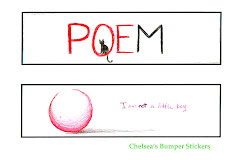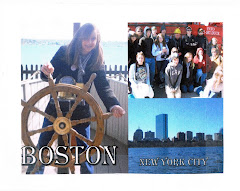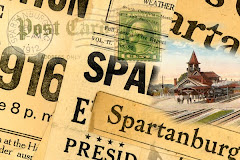
On the literary map, travel from Salinas to Carmel, California.
Calculate:
# _____________ Miles to Carmel, California.
$ _____________ Cost for Gasoline to Carmel, California
Visit Robinson Jeffers at www.Poets.org and fill-in-the-blanks.
"When his family moved to California, Robinson Jeffers, at age sixteen, entered Occidental College as a junior. He graduated at eighteen. After marrying in 1913, he and his wife settled in ____________________________."
"In 1919, Jeffers began building a stone cottage overlooking Carmel Bay which he called _______________, after the craggy knoll, or 'tor' on which it was built. Nearby, Jeffers also built a forty-foot stone structure—Hawk Tower—selecting and laying each stone himself.
Both the Tower and the coastal landscape figure strongly in Jeffers’s poetry, much of which celebrates the awesome beauty of the hills and ravines that plunged into the Pacific. His poetry often reveals his belief in the dramatic, and often tragic, power of nature."
Read "Carmel Point."
Now read "Evening Ebb" and answer the questions.
The ocean has not been quiet for a long while; five night- herons
Fly shorelong voiceless in the hush of air
Over the calm of an ebb that almost mirrors their wings.
The sun has gone down, and the water has gone down
From the weed-clad rock, but the distant cloud-wall rises. The ebb whispers.
Great cloud-shadows float in the opal water.
Through rifts in the screen of the world pale gold gleams and the evening
Star suddenly glides like a flying torch.
As if we had not been meant to see her; rehearsing behind
The screen of the world for another audience.
The first eight lines of the poem picture an evening on the seashore as one of special beauty and repose. a. What movement of the sea does Jeffers refer to in line 3? b. What sight does the sea "mirror"?
The evening star, the earliest star to appear in the evening, suddenly becomes visible. a. What is the "screen of the world" through which the evening star gleams? b. What does the "screen" imply about human knowledge and its limitations?
What phrase in line 10 suggests that there is much in the universe apart from humanity?



















